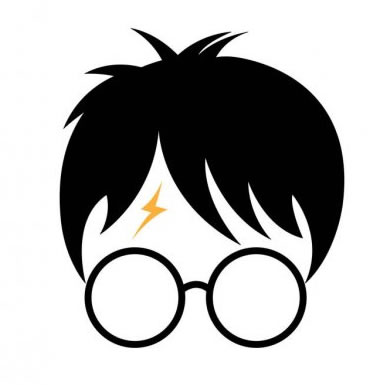First Year Astronomy Notes
written by Elizabeth Wonders
There you go, your brand-new notes for Astronomy 101! Good luck! <3 (Notes on other subjects are coming out. Owl me if you would like to request a specific subject published sooner.)
Last Updated
05/15/24
Chapters
10
Reads
978
Lesson 2) Muggle-made Tools for Astronomy
Chapter 2
- Telescopes are the most important tool in astronomy, used to magnify and brighten distant objects
- They have been used to discover celestial bodies like Uranus, Neptune, and Pluto
- There are three types of telescopes: Galilean, astronomical, and terrestrial
- Refracting telescopes use lenses while reflecting telescopes use mirrors
- The power of a telescope depends on the strength of the objective lens or mirror and the eyepiece
- The larger the objective lens or mirror, the more light it can gather and the higher the resolution
- Resolution is measured in degrees, arcminutes, and arcseconds, with larger telescopes having better resolution
- Adaptive optics and space telescopes are used to overcome atmospheric distortions and improve resolution
- Satellites can be natural or artificial objects that orbit a planet
- Artificial satellites have various purposes, including GPS, communication, weather forecasting, and space exploration
- The Hubble Telescope is an example of a satellite used for astronomy
- Space agencies in different countries, such as the US, Russia, and China, contribute to space exploration
- Space shuttles were used by NASA for transportation and construction in space, but the program ended in 2011
- Radar is a detection system that uses radio waves or microwaves to study objects, including astronomical ones
- Rovers are vehicles or robots used to explore the surfaces of planets and moons, such as the Moon and Mars
- Rovers on Mars are self-driving due to the time delay in signals between Earth and Mars



